Adobe has unveiled Project Indigo, a free iPhone camera app that reimagines smartphone photography with a blend of computational wizardry and professional-grade control. Available now on the App Store for iPhone 12 Pro and above or iPhone 14 and newer, with an Android version promised soon, Indigo delivers a natural, SLR-like aesthetic while leveraging advanced computational techniques.
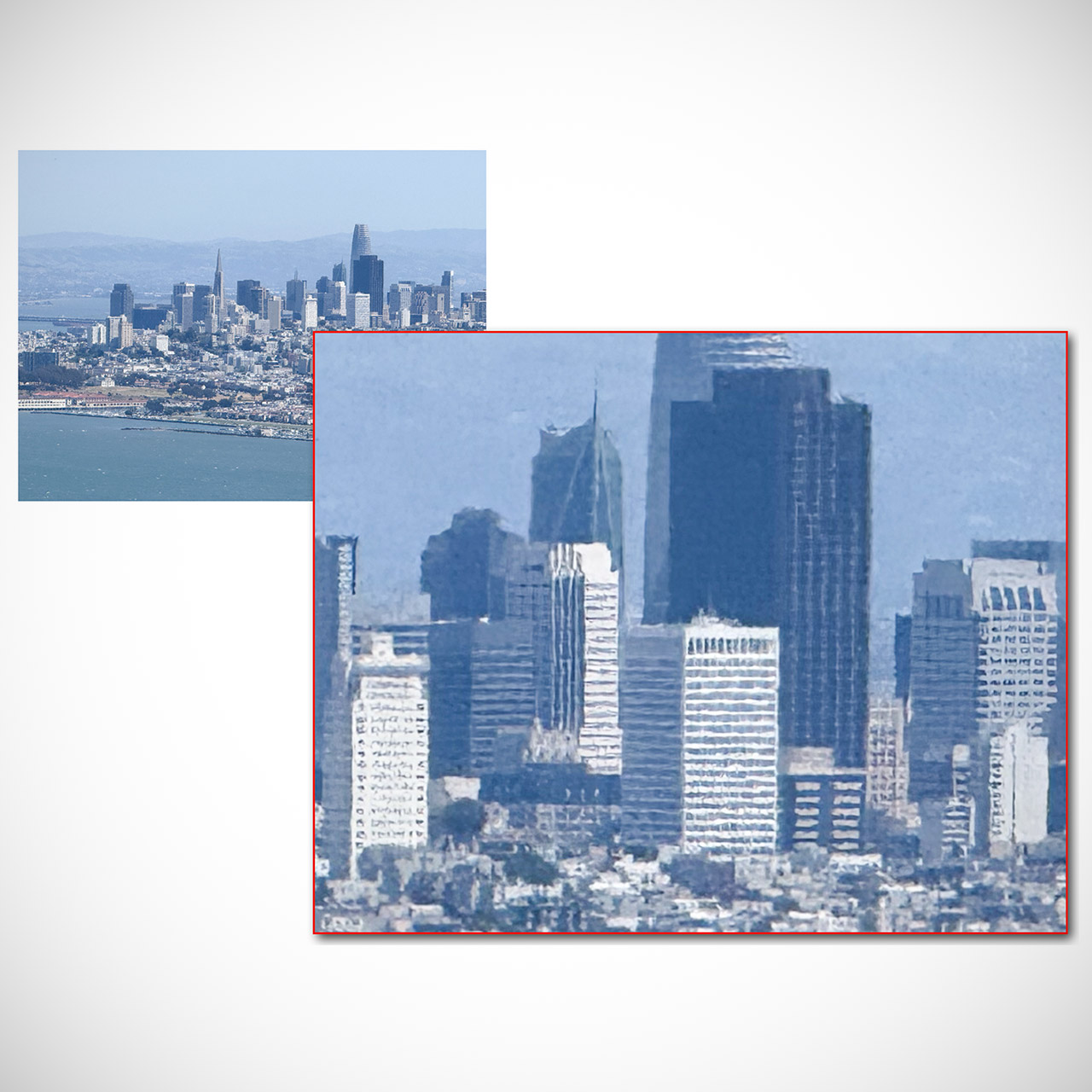
Unlike many apps that lean heavily on aggressive processing, Indigo prioritizes a natural look. It captures up to 32 frames per shot, merging them to reduce noise and preserve highlight details. “The laws of physics say that imaging noise goes down as the square root of the number of images that are added together,” Adobe explains.
Insta360 X5 – Waterproof 8K 360° Action Camera, Leading Low Light, Invisible Selfie Stick Effect, Rugged…
- 8K30fps 360° Video with Dual 1/1.28″ Sensors: Capture stunning detail with dual 1/1.28″ sensors shooting up to 8K30fps. Film epic adventures,…
- Triple AI Chip Design, Better Low Light: Shoot confidently even in challenging lighting. X5’s triple AI chip design powers advanced noise reduction…
- Invisible Selfie Stick: Create impossible third-person views with no selfie stick in sight! Capture everything in 360°, then choose your angles later…
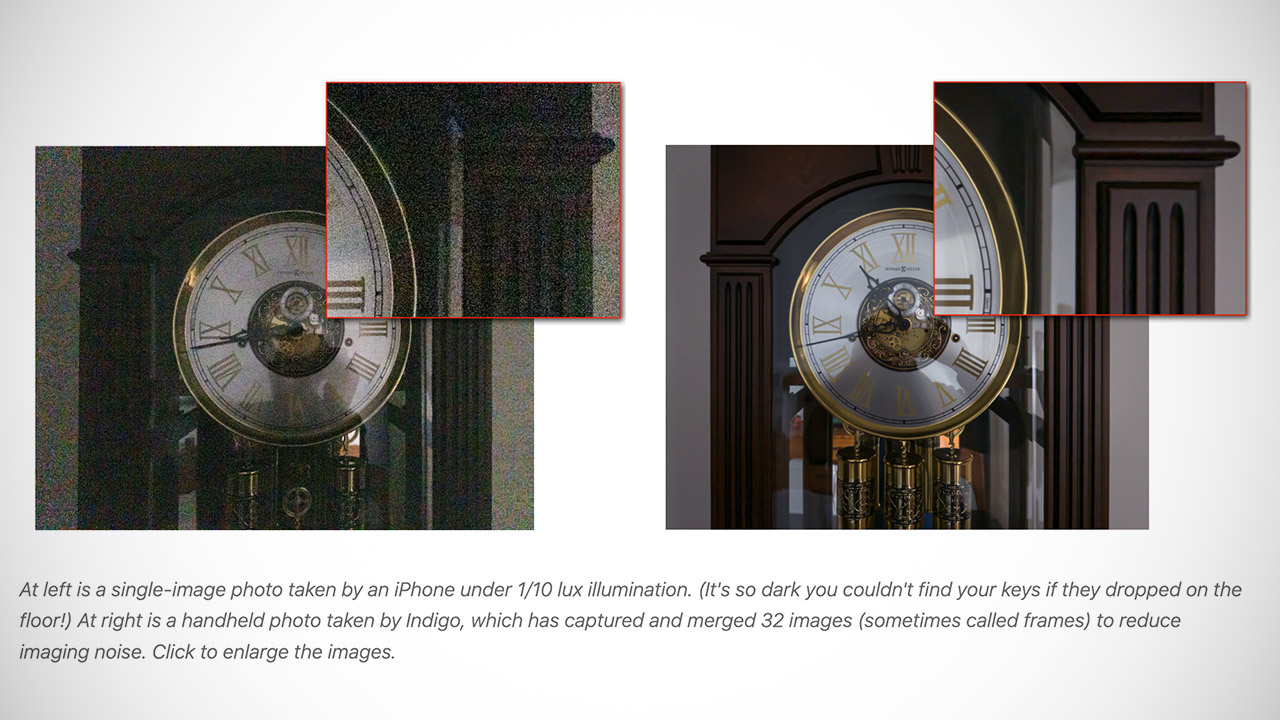
Manual controls set Indigo apart, as users can adjust focus, exposure time, ISO, exposure compensation, and white balance, with a magnified loupe. For raw shooters, the app outputs DNG files that embed computational enhancements without the heavy tone mapping applied to its JPEGs. “Our look is similar to Adobe’s Adaptive Color profile, making our camera app naturally compatible with Adobe Camera Raw and Lightroom,” Adobe notes.
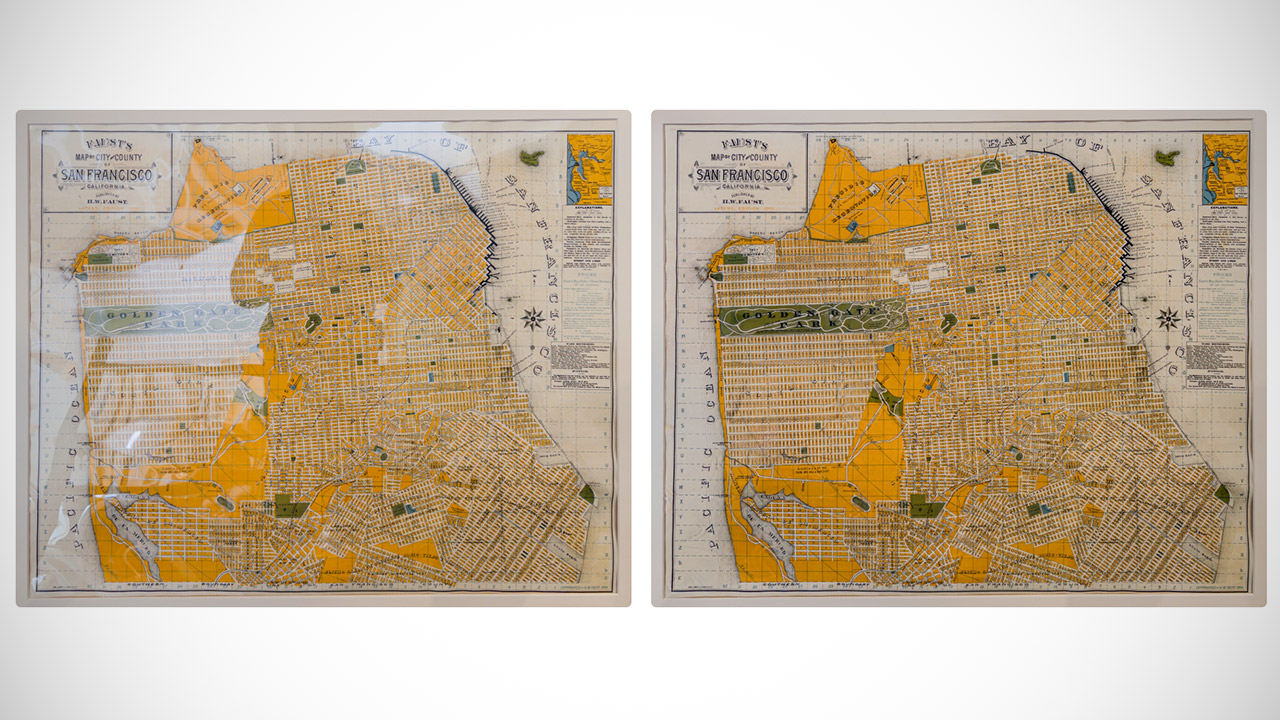
The viewfinder shows a live histogram, zebra striping for overexposure warnings, and a level indicator. Two primary modes—Photo (well-lit scenes) with zero shutter lag and Night (low-light) —can be used to handle just about any lighting condition. A Long Exposure mode is designed for tripod use, while a super-resolution zoom leverages multi-frame processing to restore detail at high magnifications. “When using 2× or more digital zoom, Indigo performs multi-frame super-resolution,” Adobe states. The app also includes Electronic Image Stabilization (EIS) for steadier telephoto shots, though it slightly narrows the field of view.
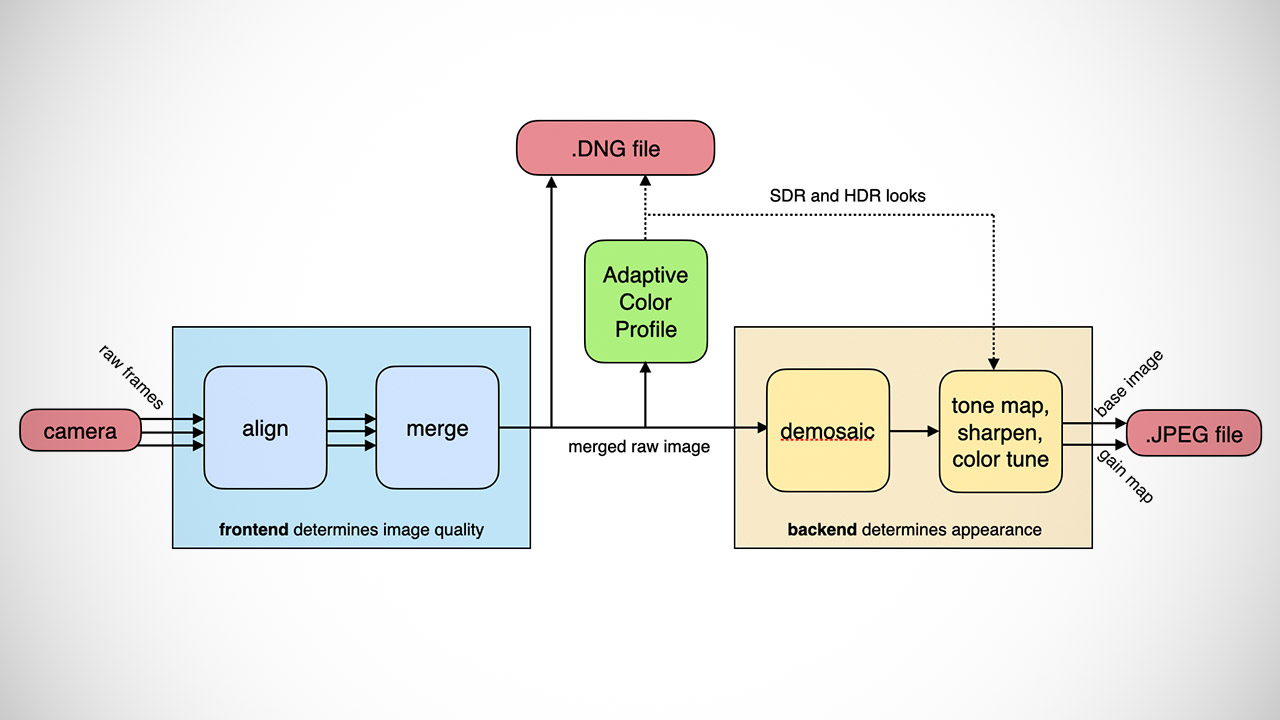
AI integration elevates Indigo beyond traditional photography apps, with experimental features showcased in its Technology Previews section. One standout is AI Denoise, which refines raw DNG files to reduce noise while preserving detail, a mobile adaptation of Adobe’s desktop tools. Another, Remove Reflections, tackles the challenge of shooting through glass, producing cleaner JPEGs from DNG inputs. “We introduce new controls for computational cameras for the first time and offer a glimpse into the future of AI image processing,” Adobe says, hinting at the app’s role as a testing ground for innovations that may eventually reach flagship products like Lightroom and Photoshop.
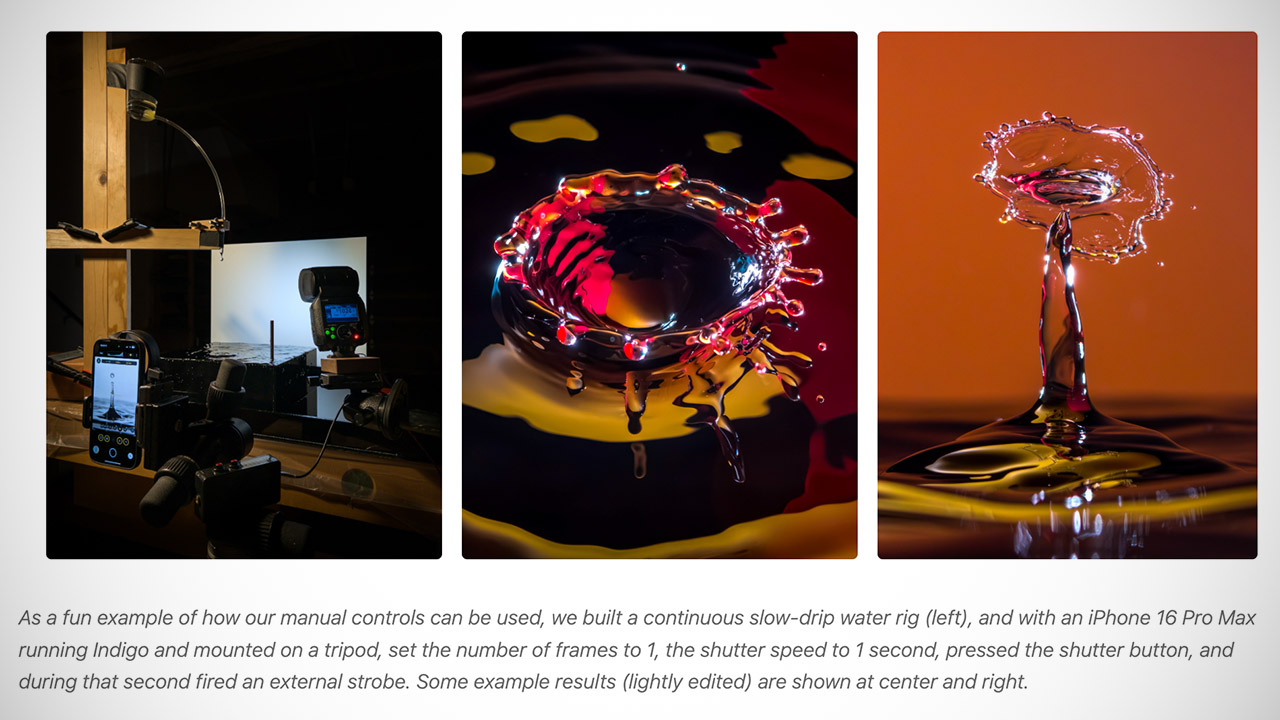
Indigo’s development by Levoy and Kainz, who revolutionized computational photography at Google, adds a layer of credibility. Their work on the Pixel camera popularized techniques like night mode and HDR, but Indigo takes a different tack, avoiding the over-processed “smartphone look” that dominates the market. “Based on our conversations with photographers, what they really want is not zero-process but a more natural look—more like what an SLR might produce,” Levoy and Kainz write.



